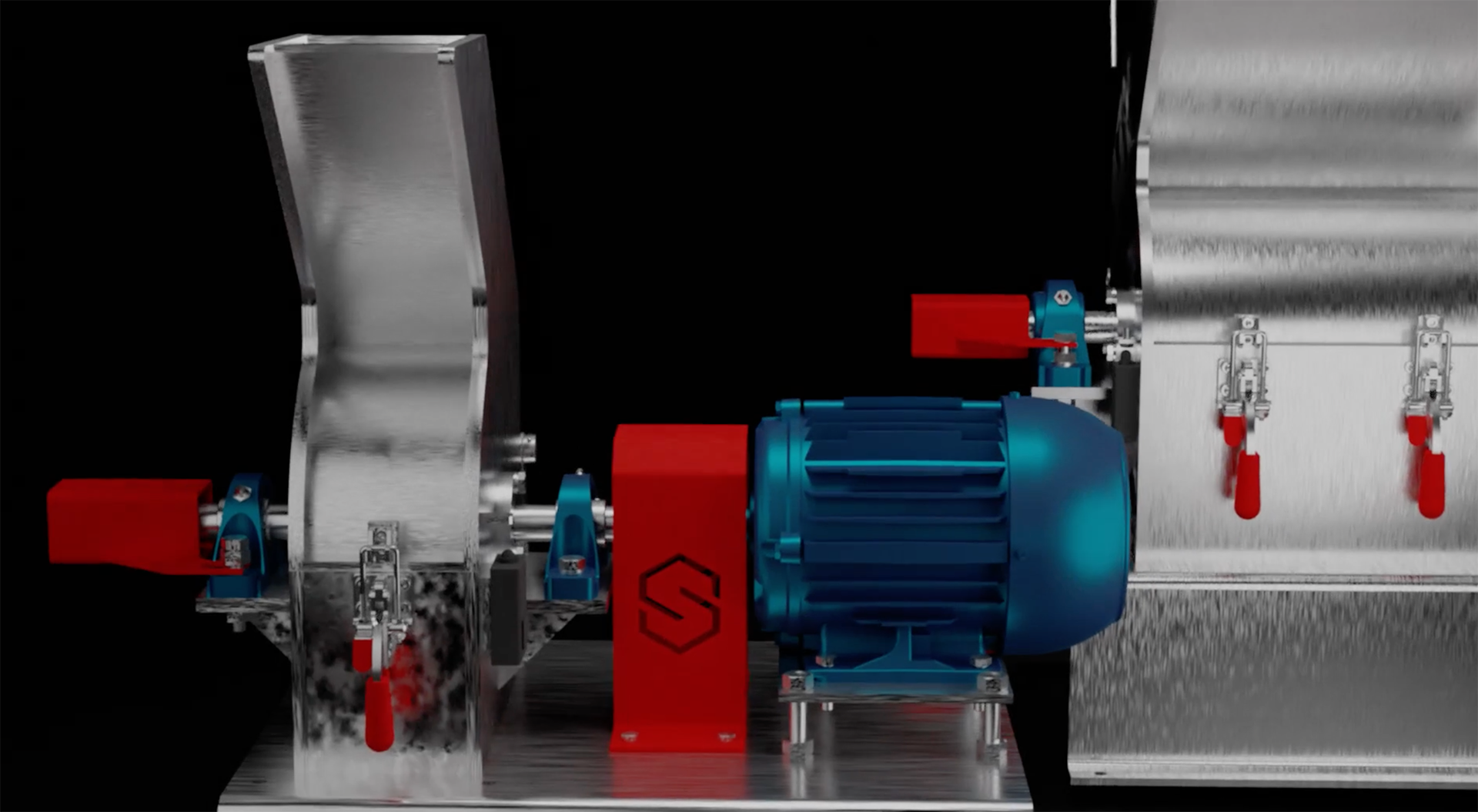In the rapidly evolving landscape of cannabis and hemp processing, efficiency is key. As demand surges and regulations tighten, businesses are constantly seeking ways to optimize their operations to meet consumer needs while maintaining compliance. One solution that is revolutionizing the industry is automation. By harnessing the power of technology, cannabis and hemp processors can significantly increase their throughput, streamline workflows, and ultimately, improve their bottom line.
The Need for Increased Throughput
With the legalization of cannabis and hemp gaining momentum across the globe, the market is expanding at an unprecedented rate. This growth brings with it a surge in demand for cannabis-derived products, including CBD oils, edibles, topicals, and more. Consequently, processors are faced with the challenge of scaling their operations to keep pace with this escalating demand.
Traditionally, cannabis and hemp processing has been a labor-intensive endeavor, relying heavily on manual labor for tasks such as trimming, sorting, and extracting. However, manual processes are inherently limited by factors such as human error, labor costs, and productivity constraints. As a result, many businesses are turning to automation as a solution to these challenges.
The Role of Automation in Increasing Throughput
Automation technologies offer a range of benefits that can help cannabis and hemp processors significantly increase their throughput:
1. Precision and Consistency: Automation systems are capable of performing tasks with unparalleled precision and consistency, eliminating errors and ensuring product quality and uniformity.
2. Speed and Efficiency: By automating repetitive tasks, such as trimming and sorting, processors can dramatically increase the speed at which products are processed, leading to higher throughput and reduced cycle times.
3. Scalability: Automation solutions can easily scale to accommodate growing production volumes, allowing processors to ramp up their operations to meet increasing demand without incurring significant additional costs.
4. Compliance: Automation systems can be designed to adhere to strict regulatory requirements, ensuring compliance with industry standards and minimizing the risk of costly penalties or product recalls.
Examples of Automation in Cannabis and Hemp Processing
1. Automated Trimming Machines: These machines use advanced algorithms and robotics to precisely trim cannabis flower, significantly reducing the time and labor required compared to manual trimming.
2. Extraction Systems: Automated extraction systems utilize closed-loop technology to efficiently extract cannabinoids and terpenes from plant material, maximizing yield while minimizing solvent usage and processing time.
3. Sorting and Grading Systems: Automated sorting systems use computer vision and machine learning algorithms to quickly and accurately sort cannabis and hemp biomass based on various criteria such as size, color, and potency.
Conclusion
In an industry where efficiency and scalability are paramount, automation offers a compelling solution for increasing throughput and staying competitive. By harnessing the power of technology, cannabis and hemp processors can streamline their operations, improve product quality, and meet the growing demands of the market.
At KannaMill, we are committed to providing cutting-edge automation solutions that empower cannabis and hemp processors to achieve new levels of productivity and efficiency. Whether you’re a small-scale producer or a large-scale operation, our customizable automation systems are designed to help you maximize throughput, minimize costs, and unlock new opportunities for growth in this dynamic industry.

